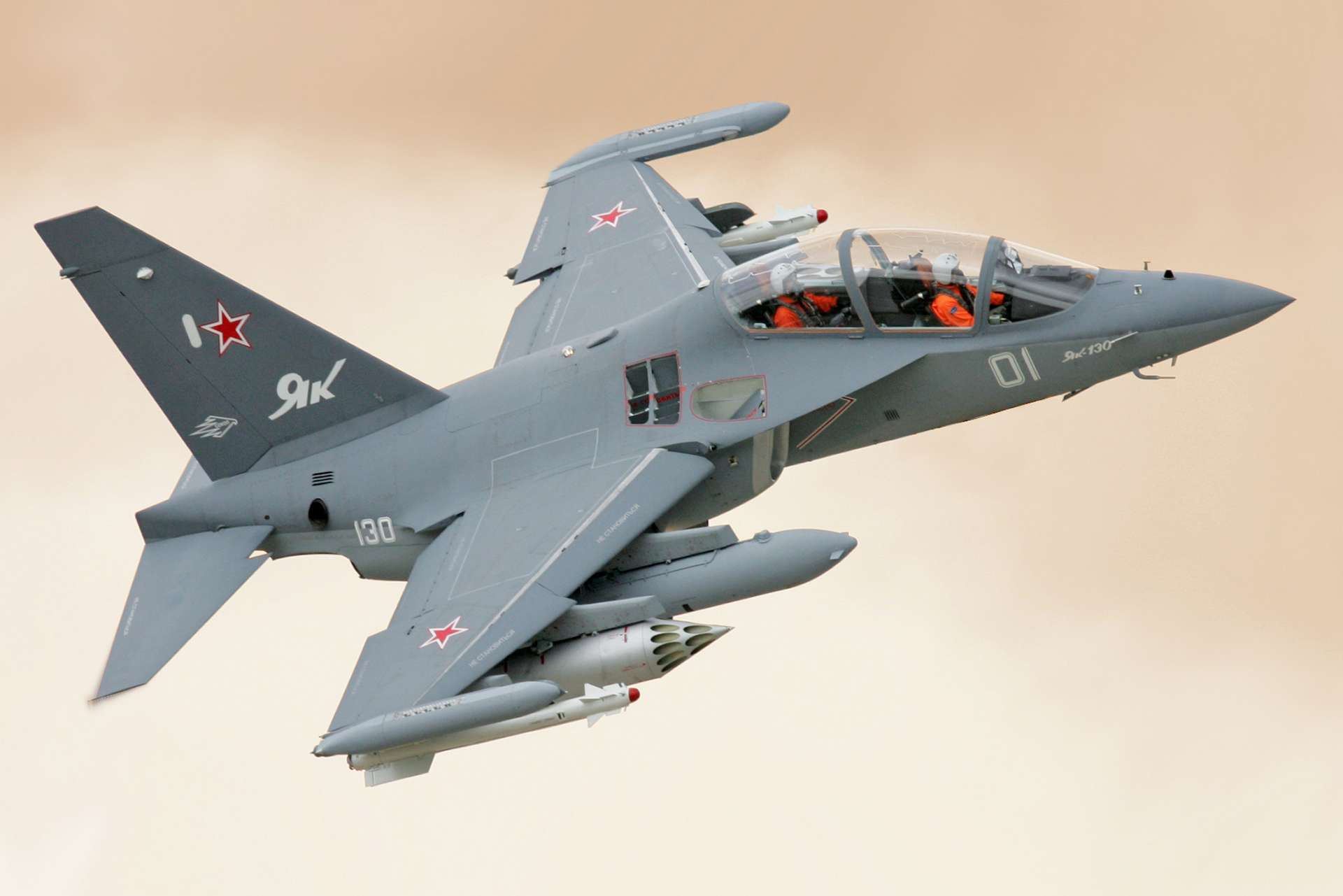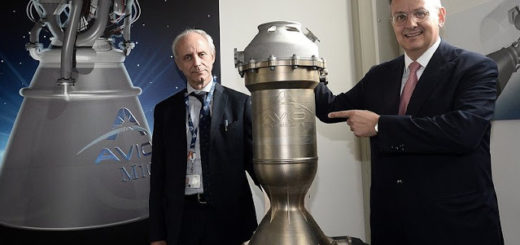Russian Air Force Receives New Batch of Irkutsk-Produced Yak-130 Combat Trainer Aircraft

{loadposition bannertop}
{loadposition sidebarpub}
On July 10, 2024, Russian media reported that the Irkutsk aircraft factory, a part of the United Aircraft Corporation, has manufactured and delivered a batch of Yak-130 training and combat aircraft. This aircraft plays a crucial role in both the initial and advanced training phases of pilots for the Russian Aerospace Forces.Follow Army Recognition on Google News at this link
Irkutsk Yak-130 Combat Aircraft (Picture source: Wikimedia)
Designed by Yakovlev, the Yak-130 is celebrated for its exceptional maneuverability and advanced avionics systems, which reflect those found in more sophisticated combat aircraft. This capability allows it to simulate the performance characteristics of fourth and fifth generation fighters, providing trainees with complete and realistic combat training scenarios.
Yury Slyusar, the CEO of United Aircraft Corporation, emphasized the importance of this event in a recent statement. “As we approach the 90th anniversary of the Irkutsk aircraft factory, we are proud to continue our longstanding commitment to meeting the state’s defense supply needs,” he said. Slyusar also noted the factory’s dual focus on producing Su-35S fighters and Yak-130 aircraft to meet military demands.
The role of the Yak-130 extends beyond mere flight training; it is essential for the initial and advanced training stages of pilots for the Russian Aerospace Forces. The aircraft’s design includes a high thrust-to-weight ratio and an aerodynamic configuration that supports great maneuverability and effective low-speed control, which is crucial for pilot training.
The aircraft is equipped with a digital avionics suite, which includes two computers and a three-channel multiplex data exchange system, alongside navigation provided by a laser gyro system and a GLONASS/Navstar GPS receiver. The Yak-130 can optionally be fitted with a radar to enhance its target discrimination capabilities.
Its propulsion is provided by two Al-222-25 turbojet engines, each offering a thrust of 2,500 kgf. These engines support the aircraft’s high performance and are designed to prevent foreign object damage with specially equipped air intakes.
For combat roles, the Yak-130 is not to be underestimated. It is equipped with eight wing hardpoints capable of carrying up to 3,000 kg of payload, including various missiles and bombs, enhancing its role in light-attack and reconnaissance missions.
The operational versatility of the Yak-130 is also enhanced by its ability to operate from poorly prepared airfields, withstand high G-forces, and perform at angles of attack as high as 42 degrees.
This delivery underscores the strategic importance of the Yak-130 in modern military aviation training, combining advanced technological capabilities with robust training and combat functions. As the Russian Aerospace Forces continue to modernize and expand their capabilities, the Yak-130 stands out as a cornerstone of both pilot training and tactical deployment.

{loadposition bannertop}
{loadposition sidebarpub}
On July 10, 2024, Russian media reported that the Irkutsk aircraft factory, a part of the United Aircraft Corporation, has manufactured and delivered a batch of Yak-130 training and combat aircraft. This aircraft plays a crucial role in both the initial and advanced training phases of pilots for the Russian Aerospace Forces.
Follow Army Recognition on Google News at this link
Irkutsk Yak-130 Combat Aircraft (Picture source: Wikimedia)
Designed by Yakovlev, the Yak-130 is celebrated for its exceptional maneuverability and advanced avionics systems, which reflect those found in more sophisticated combat aircraft. This capability allows it to simulate the performance characteristics of fourth and fifth generation fighters, providing trainees with complete and realistic combat training scenarios.
Yury Slyusar, the CEO of United Aircraft Corporation, emphasized the importance of this event in a recent statement. “As we approach the 90th anniversary of the Irkutsk aircraft factory, we are proud to continue our longstanding commitment to meeting the state’s defense supply needs,” he said. Slyusar also noted the factory’s dual focus on producing Su-35S fighters and Yak-130 aircraft to meet military demands.
The role of the Yak-130 extends beyond mere flight training; it is essential for the initial and advanced training stages of pilots for the Russian Aerospace Forces. The aircraft’s design includes a high thrust-to-weight ratio and an aerodynamic configuration that supports great maneuverability and effective low-speed control, which is crucial for pilot training.
The aircraft is equipped with a digital avionics suite, which includes two computers and a three-channel multiplex data exchange system, alongside navigation provided by a laser gyro system and a GLONASS/Navstar GPS receiver. The Yak-130 can optionally be fitted with a radar to enhance its target discrimination capabilities.
Its propulsion is provided by two Al-222-25 turbojet engines, each offering a thrust of 2,500 kgf. These engines support the aircraft’s high performance and are designed to prevent foreign object damage with specially equipped air intakes.
For combat roles, the Yak-130 is not to be underestimated. It is equipped with eight wing hardpoints capable of carrying up to 3,000 kg of payload, including various missiles and bombs, enhancing its role in light-attack and reconnaissance missions.
The operational versatility of the Yak-130 is also enhanced by its ability to operate from poorly prepared airfields, withstand high G-forces, and perform at angles of attack as high as 42 degrees.
This delivery underscores the strategic importance of the Yak-130 in modern military aviation training, combining advanced technological capabilities with robust training and combat functions. As the Russian Aerospace Forces continue to modernize and expand their capabilities, the Yak-130 stands out as a cornerstone of both pilot training and tactical deployment.






